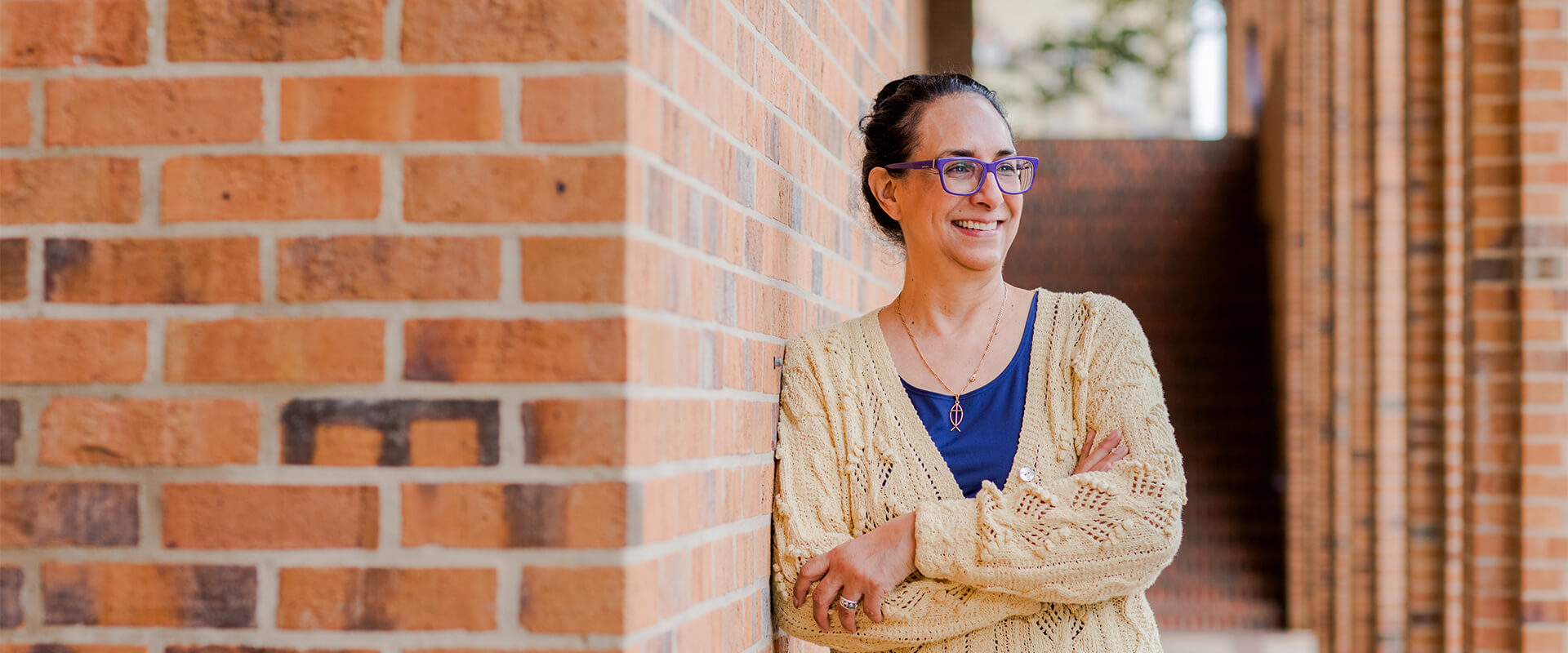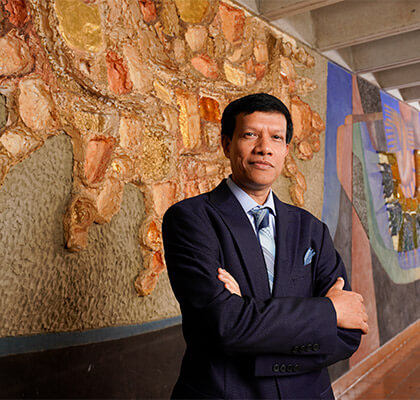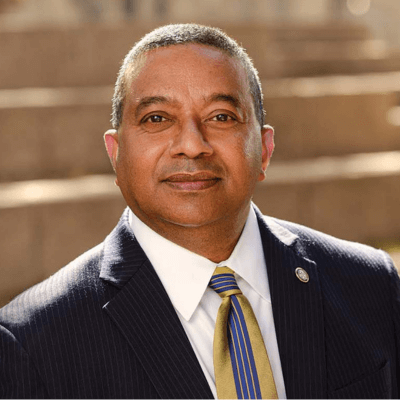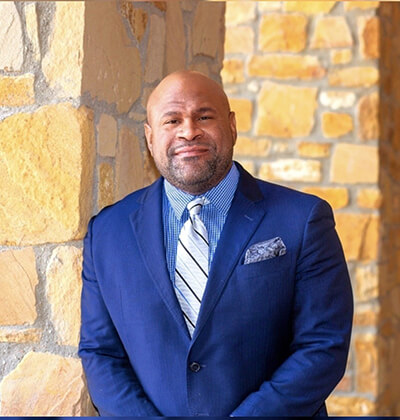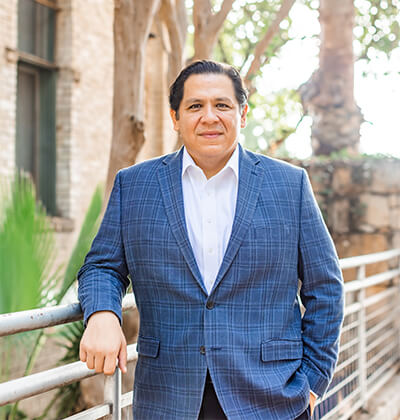Economically sound
by Nathaniel Miller
It would be easy to say Belinda Román, Ph.D., had a crystal ball for predicting the future, but she’ll tell you all she is doing is following the trends.
The Wall Street Journal recognized the Associate Professor of Economics at St. Mary’s University this week for being the most accurate of 71 business, academic and financial economists from around the country in their predictions of what would happen to the U.S. Economy in 2023.
Instead of relying solely on models, Román said she also looked at historical trends — such as employment bumps during the holiday season or during Fiesta in San Antonio — when gauging the different economic indicators.
Most importantly, she added, it’s about remembering each number behind a statistic is built around humans.
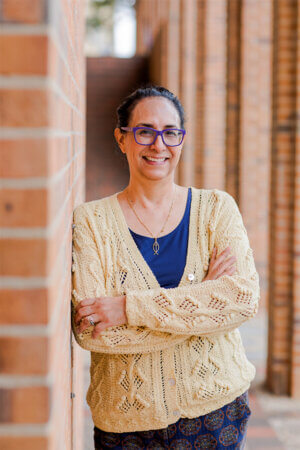
“People are out there doing these things,” she said. “And those numbers represent us in our actions and activities.”
Participating in the newspaper’s quarterly forecasts, Román suggested a 2.8% growth for the gross domestic product in 2023 and was closest to the 3.1%, as reported by the U.S. Department of Commerce. She also predicted an unemployment rate of 3.4%, which was closest to the reported 3.7%.
Román’s laser-sharp predictions outdid economists for Decision Economics, Santander US Capital Markets and Goldman Sachs.
Though most focused on a slowdown in spending from funds issued during the COVID-19 pandemic and higher inflation, Román’s forecast included more room for growth than her peers. The threat of a slower economy did not stop Americans from flocking to concerts and theaters.
Román highlighted events, such as Taylor Swift’s The Eras Tour, Beyoncé’s Renaissance World Tour, and the dual summer release of the films Barbie and Oppenheimer, as examples of how spending can bring joy as the world emerges into a post-pandemic routine.
“It doesn’t have to be extravagant like Super Bowl tickets because those are thousands of dollars,” Román said, adding she contributed by watching Godzilla Minus One in theaters. “But we’re the ones buying T-shirts and hats, and that’s where some people are finding their happiness.”
Looking at how to serve and inform the public is something that Román has been doing since her childhood in El Paso.
The daughter of a physician, Román also has a brother who followed in their father’s footsteps and others who became engineers and lawyers. The family was also involved in charity work, focusing on helping lower-income Hispanic populations.
Starting college at Texas Christian University as a Chemistry major, Román’s plan was to eventually go into the medical field. A summer Economics class helped her see she could still make a difference in people’s lives through policy changes.
“It all just clicked for me that I was going to still be able to make a difference in people’s lives,” said Román, who went on to earn a doctorate from University of Western Ontario in Canada and a Master in Philosophy from the London School of Economics before her time working at St. Mary’s.
In September, the National Science Foundation awarded Román a grant of $553,900 for a three-year research project on how diabetes affects workforce participation in San Antonio.
Belinda Román“I hope they take away that economics is much bigger than just supply and demand curves in the free market. Whether those students end up focusing on business or philosophy in their careers, I hope they realize that we at St. Mary’s tried to show them the bigger picture.”
Román leads a research team that includes faculty from the Biology and Public Health programs at St. Mary’s, and an external expert from Pepperdine University to study how diabetes affects the economy via work and earnings.
She also oversees the Mexican American Studies program at St. Mary’s, which launched in Fall 2021 and offers a 15-hour certificate and 18-hour minor.
Chair of the Department of Economics and Associate Professor Steve Nivin, Ph.D., said the job can feel like that of a weather person: updates are being made as data changes.
To come out on top of a forecast against lead economists across the country, especially during a time of uncertainty is a testament to Román’s abilities, Nivin said.
“It’s a challenging time to just make an accurate forecast,” Nivin said. “To be top among that type of panel is pretty remarkable.”
As Román prepares to participate in the Wall Street Journal’s next survey in April, she said she hopes the public, especially her students, remember the economy is more than just numbers on a page.
“I hope they take away that economics is much bigger than just supply and demand curves in the free market,” she said. “Whether those students end up focusing on business or philosophy in their careers, I hope they realize that we at St. Mary’s tried to show them the bigger picture.”

